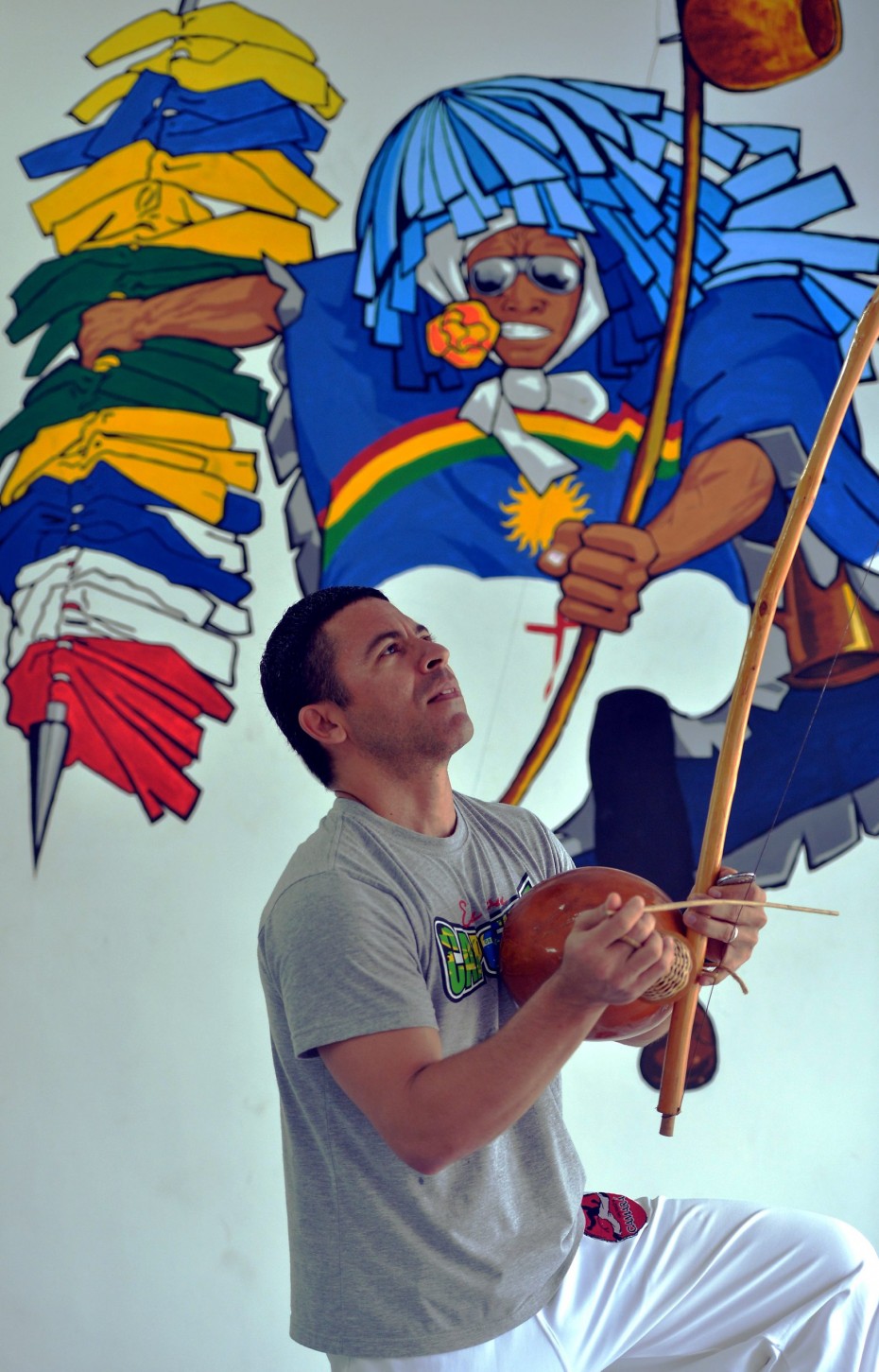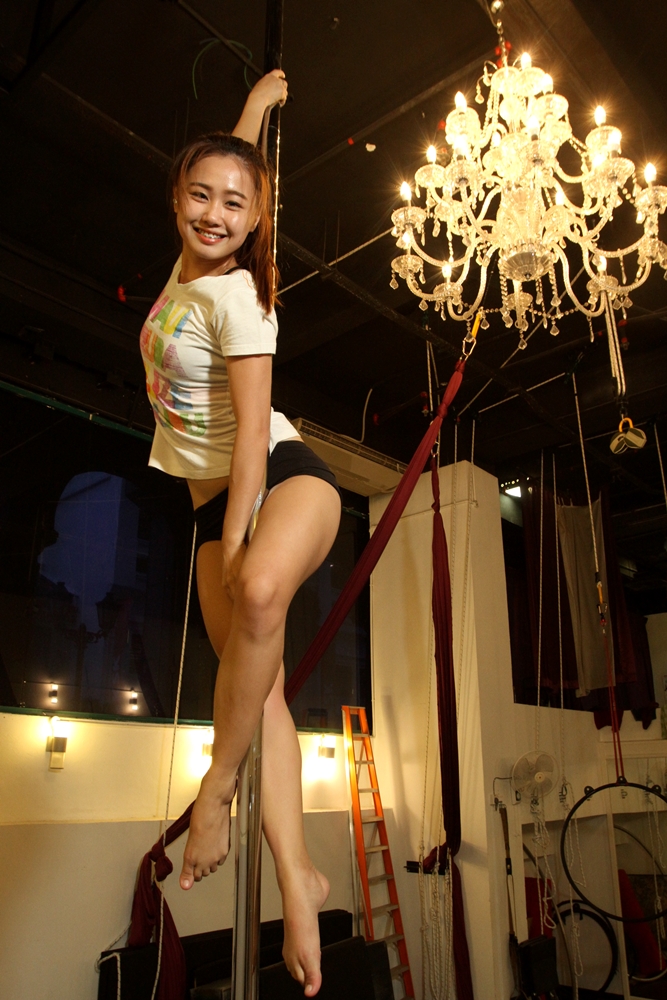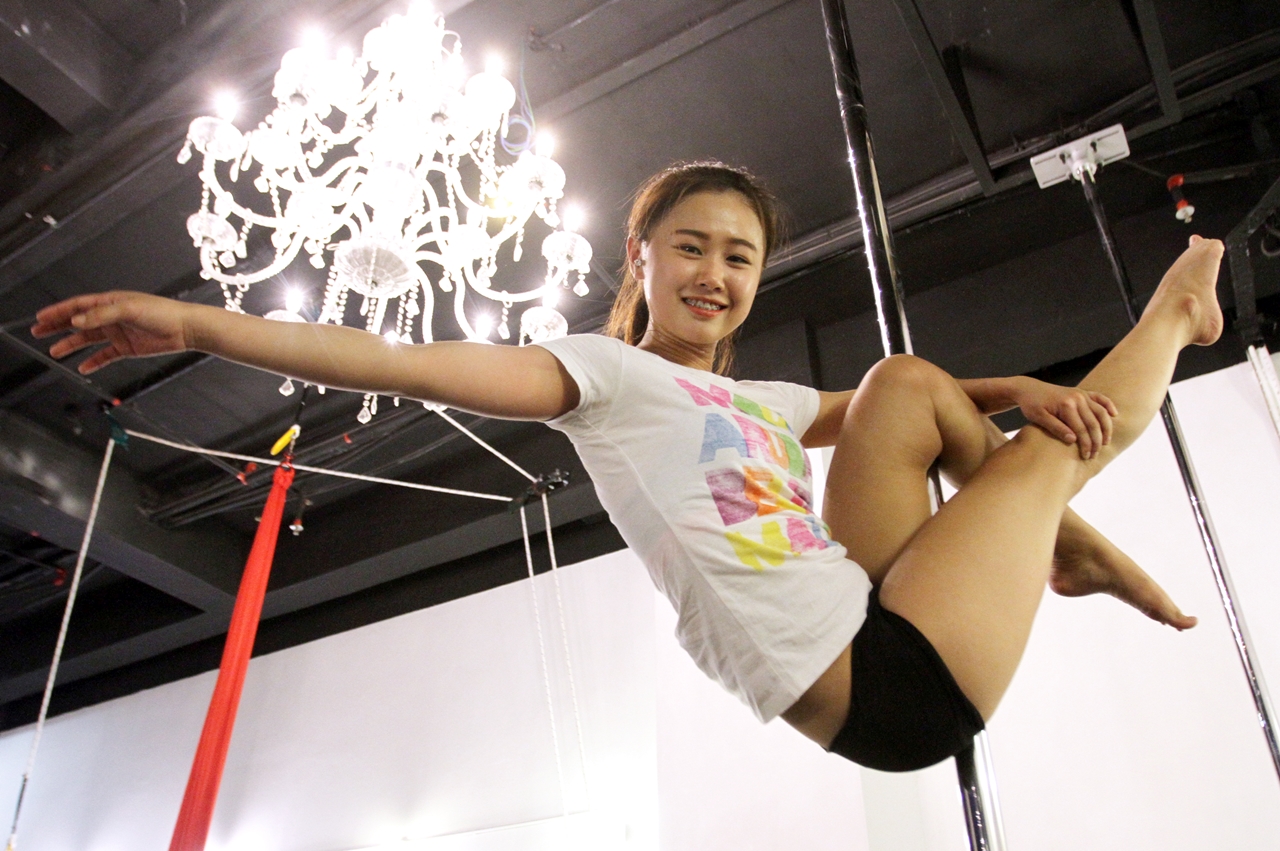By LIM MAY LEE, CLARISSA SAY and SAMANTHA CHOW
alltherage@thestar.com.my
FITNESS buffs rejoice! Gone are the days where exercise options were limited and – dare we say it – boring.
If jogging on a treadmill was never your idea of fun, there’s good news: There are now countless fitness options available!
Young Malaysians have been practising and promoting some pretty interesting sports over the past few years, so in conjunction with Hari Sukan Negara on Oct 10, we’ve decided to feature some of them here, y’know, to inspire you to get physical.
The purpose of Hari Sukan Negara is to transform Malaysia into a sporting nation, and judging by these young people, we’re already on our way there – you just need to get on board!
Capoeira
In the last decade or so, the capoeira community in Malaysia has grown by leaps and bounds. Local exponents say they’ve performed at everything from petrol station launches to studio production sets.
For a sport that has its roots in Afro-Brazilian slavery, it has certainly come a very long way, and its practitioners – known as capoeiristas – are growing in number and very passionate.
“Nine years ago, when I first came here to teach, people would say ‘Huh? Capoeira?’” said Cristiano Genuino Da Silva, an instructor at Capoeira Camara Malaysia, with a laugh.
“Now, people stop me , point at my (capoeira) t-shirt and say ‘Oh! You do capoeira!’ so I’d say that the sport is definitely progressing here.”
Visiting his studio to check out the weekend classes, it is clear that it’s a sport for people of all ages. There were adults, of course, but there were also children tumbling around adorably, climbing ropes and executing perfect backflips with very serious faces.
“It’s a lifestyle. It’s self-defence, but it’s also an art,” said student Ashwin Winson Ross, 17, who has been practising for four years now.
“It’s different from other martial arts. In capoeira, you learn to protect yourself but you also immerse yourself in Brazilian culture. I can even speak a bit of Portuguese now!” he added, before counting to 10 in (we assume) perfect Portuguese.

Cristiano demonstrates how to create capoeira’s haunting music using the traditional berimbau. The 40-year-old has been a capoeirista for 23 years, but his passion for the sport still burns strong. ― RAJA FAISAL HISHAN/The Star
Created in Brazil about 200 years ago by African slaves who needed an outlet to help them forget the harsh reality of life, it is said that capoeira’s fighting style stems from animals the slaves observed fighting in the jungle.
It has since evolved to combine martial art, dance and music, and is a fascinating sight to behold: Gravity-defying kicks, flips, and lunges are all gracefully executed to the blood-stirring beat of Afro-Brazilian music.
The legend goes that since slaves weren’t allowed to fight, they disguised it as a dance instead, giving this martial art its distinctive dance-like moves, known as ginga.
Considerable entertainment value aside, this is one martial art that can really pack a punch and its capoeiristas are a very committed bunch. And they have to be, because capoeira is way more difficult than it looks.
“It is possible to progress and go pro, but to become a capoeirista, you must be willing to practise every day,” said Kamalkhalid Kamarludin, 32, who’s training to be an instructor. He added that serious capoeiristas practise up to three hours a day.
He also recommended going to Brazil at least once to truly get a feel of what the sport is all about.
There are capoeira festivals there where you can learn new moves and hone your skills at the same time, he said.
But, while the word “commitment” might seem weighty to some, the capoeiristas don’t see it as a problem.
“Our studio, based in Kelana Jaya, is open after working hours, and people come over after a long day of work to practise, sweat out the tensions of the day and get together with friends for music and dance,” he said.
“This is the only sport where you can learn so many different arts at the same time.”
To find out more about capoeira in Malaysia, log onto capoeiracamaramalaysia.com, or call 016-971-1765.
Rock climbing
It took Shawn Liam, 27, a stint overseas to fully realise the beauty of his own country. His method of reaching that beauty – rock climbing.
In 2008, Liam was a freshman in Queensland, Australia, looking for an outdoor job. One stood out in particular – rock climbing – so he joined QUT Cliffhangers, Queensland’s largest rock climbing club.
Three years later, he was promoted to president of the club, often travelling a fair bit to find good climbs.
Liam, who works as a web designer, climbs twice a week these days in his own – figurative, not literal – backyard, travelling across Malaysia to scale its most scenic spots. Most of the locations are so remote, there is hardly anyone else around.
“I think it’s the idea that you get to be somewhere that not many, or even nobody, has been before,” Liam said. “And you’re just there sitting on the side of a cliff, staring into a valley, having lunch.”
There were times when Liam didn’t think he would make it out alive. Like the harrowing time he and his climbing partner realised they were lost. This realisation, coupled with a swiftly setting sun, forced the two to scale a cliff they otherwise would not have in the dimming light.
“My partner and I were at the bottom of a valley,” he said. “And we needed to climb it so we could get out and see where we were.
“So we looked for the closest thing that looked climb-able and got started, but the rock surface was dangerously shaky. Stuff was loose; there were wet bits everywhere, water trailing from the rock.”
In the end they managed to reach the top with just enough light to spare, and eventually stumbled back onto the route they had wandered away from.
But this doesn’t happen a lot, Liam pointed out. For both him and his partner to get lost at the same time is rare, and more often than not, their climbs consist of groups larger than two.
“The climbing community is a pretty small group in Malaysia,” he said. “So you see familiar faces all the time. When someone new comes in, everybody knows it.”
It is also split into indoor and outdoor communities, with some people spilling over into the other.
According to Liam, the indoor community is slightly larger because of Malaysia’s climate. Most climbers prefer not to go out into the sun.
The government hosts most of the climbing competitions, which are held and organised by Persatuan Mendaki Malaysia (PMM).
Most of their competitions take place indoors where conditions can be controlled, and with categories like speed and endurance.
Those interested in rock climbing can join the PMM Facebook page at facebook.com/persekutuanmendaki.malaysia and participate in their public climbs and competitions.
Pole dancing
In the past, pole dancing was associated with the seedier parts of society (think clubs and night joints). But now, regular women are picking up the dance for different reasons – to get toned and bring out the extroverted side of themselves.
Shernes Tan, 22, was one of them. Three years ago, Tan was surfing the net when she stumbled across a video of a pole dancer. The next day, she signed up for a class.
Today, she balances a sales job with a part-time pole dancing instructor position at Viva Vertical Stage, Kuala Lumpur. She is also completing an instructor’s course in yoga.
But Tan admits that her favourite activity is pole dancing, as it isn’t as slow and monotonous as working out at the gym.
Pole dancing is well-known for the sexy elements in its moves and music. Tan doesn’t deny that this may put some people off, especially those who are introverted.
“Most, if not all, of my students are shy about executing the sexier moves. It takes time but after a while, they get into the spirit and let the dance take its course,” she said.
In fact, Tan admitted that she herself was a very shy person before learning pole dancing. “I couldn’t look strangers in the eye,” she said.
Learning the sexy, bold moves gave her more confidence and Tan brought that confidence out of the classroom to get a job as a full-time sales executive.

Tan’s family were initially skeptical of her being involved in pole dancing, but they gave their full support after watching her perform. — RAYMOND OOI/ The Star
During the photo shoot, Tan scaled the two-metre pole almost effortlessly. From ground level, it looked daunting, and apparently it is.
Pole work requires a lot of strength, which is why beginners practise spinning work on the ground and focus on building their strength before “graduating” to pole work during the next course.
“In class, the routine will require a lot of core and arm strength. I tell my students to do regular push-ups, squats and exercises at home to focus on those areas,” she said.
Most, if not all, of Tan’s colleagues look extremely fit and toned, and she agrees that pole dancing helps with maintaining a fit figure.
“While pole dancing won’t help you lose weight, having to come in for regular classes will make you keep your diet in mind,” said Tan. “Furthermore, you naturally tone up and build muscles due to the routines you have to go through.”
Her students are mostly young working females in their late 20s and 30s who come in from a day in the office, looking for a good workout.
But Tan said that anyone can come in to learn pole dancing, regardless of gender and age.
The only requirement is that you don’t suffer from any heart problems (although the instructor won’t turn you away, they’ll recommend another routine).
When it comes to age, as long as you are old enough, there isn’t a “maximum age” policy.
In fact, the studio has a student who is in her 60s. “As long as you are open to the idea of sexy dance moves and want to get fit, pole dancing may be for you,” said Tan.
For more info on how to get started in pole dancing, check out vivavertical.my.
This is the first story in a three-part series on unique fitness activities to get you in the Hari Sukan Negara spirit.









Tell us what you think!